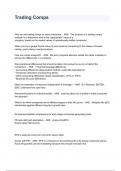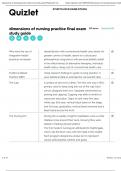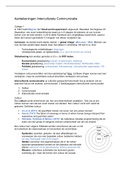Tentamen (uitwerkingen)
Trading Comps Modeling Wall Street Prep Exam Questions And Answers
- Vak
- Instelling
Trading Comps Modeling Wall Street Prep Exam Questions And Answers Why we use trading comps to value companies - ANS The purpose of a trading comps analysis is to determine what is the "appropriate" value of a company, based on the market values of operationally similar companies. When yo...
[Meer zien]












